I have been trying this exercise for a while and I can't solve it.
What they ask me to find is $$\frac{V_2\left(s\right)}{V_s\left(s\right)}=?$$
My best attempt has been the following
\begin{array}{l}\left[1\right]\ V_s\left(s\right)=R_sI1_{\left(s\right)}+Z\left(I1_{\left(s\right)}-I2_{\left(s\right)}\right)\\ \left[2\right]\ g_m=I2_{\left(s\right)}-I3_{\left(s\right)}\\ \left[3\right]\ \frac{I2_{\left(s\right)}}{sC_{\mu }}+R_LI3_{\left(s\right)}+Z\left(I2_{\left(s\right)}-I1_{\left(s\right)}\right)=0\\ \frac{I2_{\left(s\right)}}{sC_{\mu }}+R_LI3_{\left(s\right)}=Z\left(I1_{\left(s\right)}-I2_{\left(s\right)}\right)\\ \left[2\right]\ g_m+I3_{\left(s\right)}=I2_{\left(s\right)}\\ Rem\\ \left[1\right]\ V_s\left(s\right)=R_sI1_{\left(s\right)}+\frac{g_m+I3_{\left(s\right)}}{sC_{\mu }}+R_LI3_{\left(s\right)}\\ \frac{\ V_s\left(s\right)}{I3_{\left(s\right)}}=\frac{R_sI1_{\left(s\right)}}{I3_{\left(s\right)}}+\frac{g_m}{sC_{\mu }I3_{\left(s\right)}}+\frac{1}{sC_{\mu }}+R_L\\ \left[\frac{\ V_s\left(s\right)}{I3_{\left(s\right)}}=\frac{sC_{\mu }R_sI1_{\left(s\right)}+g_m+I3_{\left(s\right)}\left(1+sC_{\mu }R_L\right)}{sC_{\mu }I3_{\left(s\right)}}\right]\\ \left[2\right]\ I2_{\left(s\right)}-g_m=I3_{\left(s\right)}\\ \frac{\ V_s\left(s\right)}{I3_{\left(s\right)}}=\frac{sC_{\mu }R_sI1_{\left(s\right)}+g_m+\left(I2_{\left(s\right)}-g_m\right)\left(1+sC_{\mu }R_L\right)}{sC_{\mu }\left(I2_{\left(s\right)}-g_m\right)}\\ \left[3\right]\ \frac{I2_{\left(s\right)}}{sC_{\mu }}+R_LI3_{\left(s\right)}=ZI1_{\left(s\right)}-ZI2_{\left(s\right)}\\ \frac{I2_{\left(s\right)}}{ZsC_{\mu }}+\frac{R_LI3_{\left(s\right)}}{Z}+I2_{\left(s\right)}=I1_{\left(s\right)}\end{array}
After getting there I don't know what to do
[Update]
I was able to solve it now, thanks to everyone who replied and showed me so many methods.
What I did was transform the voltage source, then apply a divider and get the equation through nodes.
So I got the following equations
$$\begin{array}{l}\sum _{ }^{ }i_e\left(t\right)=\sum _{ }^{ }i_s\left(t\right)\\ \left[1\right]\ \frac{V_s\left(s\right)}{R_s}=g_tV_t\left(s\right)+sC_{\eta }V_t\left(s\right)+sC_{\mu }\left(V_t\left(s\right)-V_2\left(s\right)\right)\\ \left[2\right]\ sC_{\mu }\left(V_t\left(s\right)-V_2\left(s\right)\right)=g_m\cdot V_t\left(s\right)+\frac{V_2\left(s\right)}{R_L}\\ \ sC_{\mu }V_t\left(s\right)-sC_{\mu }V_2\left(s\right)-g_m\cdot V_t\left(s\right)=\frac{V_2\left(s\right)}{R_L}\\ \ V_t\left(s\right)\left(sC_{\mu }-g_m\right)=\left(\frac{1}{R_L}+sC_{\mu }\right)V_2\left(s\right)\\ V_t\left(s\right)\left(sC_{\mu }-g_m\right)=\left(\frac{1+R_LsC_{\mu }}{R_L}\right)V_2\left(s\right)\\ V_t\left(s\right)=V_2\left(s\right)\left(\frac{1+R_LsC_{\mu }}{R_L\left(sC_{\mu }-g_m\right)}\right)\\ Sus\ 1\\ \frac{V_s\left(s\right)}{R_s}=g_tV_t\left(s\right)+sC_{\eta }V_t\left(s\right)+sC_{\mu }\left(V_t\left(s\right)-V_2\left(s\right)\right)\\ \frac{V_s\left(s\right)}{R_s}=g_tV_2\left(s\right)\left(\frac{1+R_LsC_{\mu }}{R_L\left(sC_{\mu }-g_m\right)}\right)+sC_{\eta }V_2\left(s\right)\left(\frac{1+R_LsC_{\mu }}{R_L\left(sC_{\mu }-g_m\right)}\right)+sC_{\mu }\left(V_t\left(s\right)-V_2\left(s\right)\right)\\ \frac{V_s\left(s\right)}{R_s}=g_tV_2\left(s\right)\left(\frac{1+R_LsC_{\mu }}{R_L\left(sC_{\mu }-g_m\right)}\right)+sC_{\eta }V_2\left(s\right)\left(\frac{1+R_LsC_{\mu }}{R_L\left(sC_{\mu }-g_m\right)}\right)+g_m\cdot V_2\left(s\right)\left(\frac{1+R_LsC_{\mu }}{R_L\left(sC_{\mu }-g_m\right)}\right)+\frac{V_2\left(s\right)}{R_L}\\ \frac{V_s\left(s\right)}{R_sV_2\left(s\right)}=g_t\left(\frac{1+R_LsC_{\mu }}{R_L\left(sC_{\mu }-g_m\right)}\right)+sC_{\eta }\left(\frac{1+R_LsC_{\mu }}{R_L\left(sC_{\mu }-g_m\right)}\right)+g_m\left(\frac{1+R_LsC_{\mu }}{R_L\left(sC_{\mu }-g_m\right)}\right)+\frac{1}{R_L}\\ \frac{V_s\left(s\right)}{R_sV_2\left(s\right)}=\frac{g_t+g_tR_LsC_{\mu }}{R_L\left(sC_{\mu }-g_m\right)}+\frac{sC_{\eta }+s^2C_{\eta }C_{\mu }R_L}{R_L\left(sC_{\mu }-g_m\right)}+\frac{g_m+g_msC_{\mu }R_L}{R_L\left(sC_{\mu }-g_m\right)}+\frac{sC_{\mu }-g_m}{R_L\left(sC_{\mu }-g_m\right)}\\ \frac{V_s\left(s\right)}{R_sV_2\left(s\right)}=\frac{g_t+g_tR_LsC_{\mu }+sC_{\eta }+s^2C_{\eta }C_{\mu }R_L+g_m+g_msC_{\mu }R_L+sC_{\mu }-g_m}{R_L\left(sC_{\mu }-g_m\right)}\\ \frac{V_s\left(s\right)}{R_sV_2\left(s\right)}=\frac{s^2C_{\eta }C_{\mu }R_L+s\left(C_{\eta }+C_{\mu }+g_tR_LC_{\mu }+g_mC_{\mu }R_L\right)+g_t}{R_L\left(sC_{\mu }-g_m\right)}\\ \frac{R_sV_2\left(s\right)}{V_s\left(s\right)}=\frac{R_L\left(sC_{\mu }-g_m\right)}{s^2C_{\eta }C_{\mu }R_L+s\left(C_{\eta }+C_{\mu }+g_tR_LC_{\mu }+g_mC_{\mu }R_L\right)+g_t}\\ \left[\frac{V_2\left(s\right)}{V_s\left(s\right)}=\frac{sC_{\mu }-g_m}{s^2C_{\eta }C_{\mu }R_L+s\left(C_{\eta }+C_{\mu }+g_tR_LC_{\mu }+g_mC_{\mu }R_L\right)+g_t}\cdot \frac{R_L}{R_s}\right]\\ where\ g_t\ =\frac{1}{R_s}+\frac{1}{r_n}\end{array}$$
Thank you all for responding
